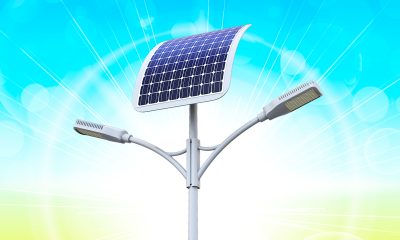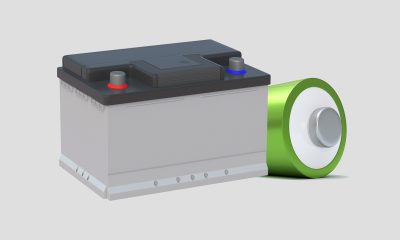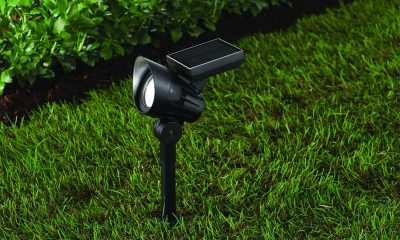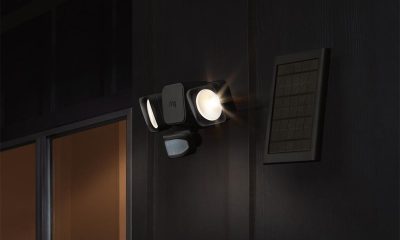What is a solar fence light
A solar fence light is a perimeter light fixture that is designed to add an extra layer of safety and security to your home while enhancing the aesthetic appeal of your home’s exterior. Functionally, solar fence lights are interchangeable with outdoor wall lights, deck rail lights, and in some applications post cap lights. These light fixtures spread the light downwards to illuminate the dark areas around a property. Fence lights complement exterior landscape and outline the perimeters of the deck and railings. The principal purposes of fence lights when used as security lights is to deter the intruder by creating a feeling of uncertainty, to provide light to assist the detection of intruders, and to avoid creating shadows that could offer concealment.
System components
A solar fence light is comprised of a photovoltaic (PV) module, a charge controller, a rechargeable battery, and a light module. These components are generally integrated into a weather-resistant housing. The light module is an energy efficient LED assembly. The increased efficiency and small form factor of LEDs make it possible to design a compact lighting system with a long autonomy. Because LEDs operate on DC power, there’s no necessity to use an inverter which converts solar electricity from DC energy into AC energy. The performance and lifespan of a solar fence light largely depend on the solar power system. While solar panels of various types (monocrystalline, polycrystalline, and thin film) have different efficiency ratings, the solar charge controller and rechargeable battery play a critical role in the system.
Solar charge controller
A charge controller regulates the DC power coming from the solar array in order to avoid the batteries being overcharged. It also includes a load disconnect to protect against overdischarging which can permanently damage the battery. The control circuitry may have additional capabilities such as to work with a photocell for daylight harvesting.
Battery
The most prevalent chemistry used in rechargeable batteries today is lithium ion. Lithium-ion batteries have many advantages, such as high energy density, high charging efficiency, small self-discharge time, and excellent deep cycle performance. However, these batteries do not have good tolerance to high temperatures and overcharge. A battery management system (BMS) is required to monitor and control battery operation in order prevent thermal runaways due to electrical abuse and thermal stress.



















Loading...